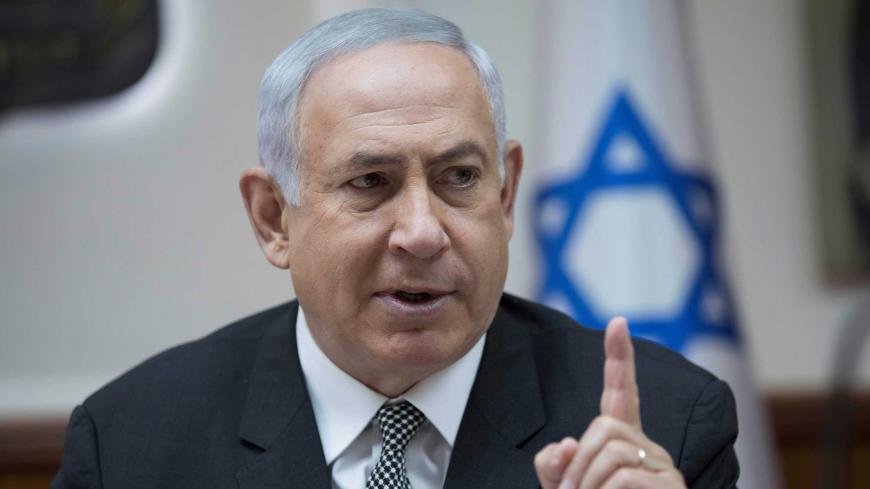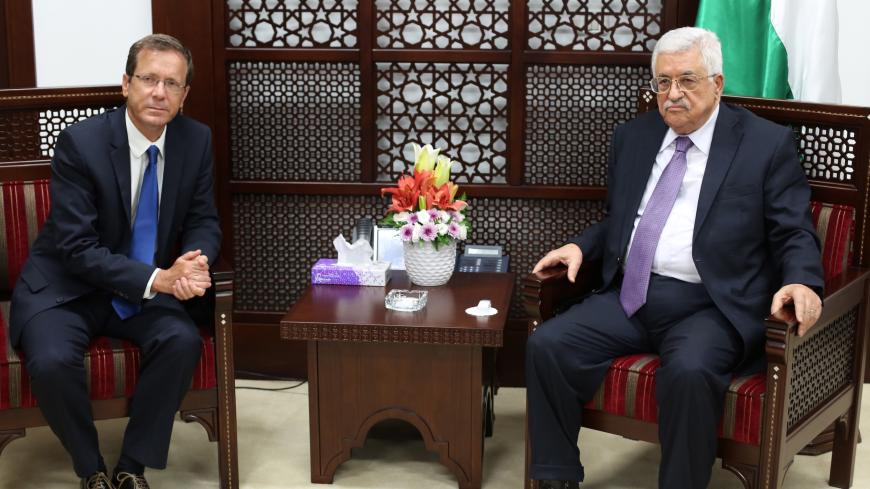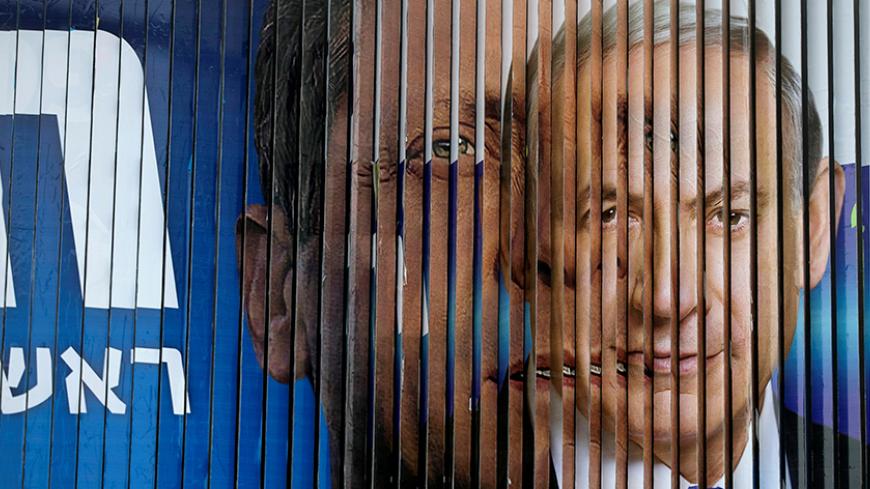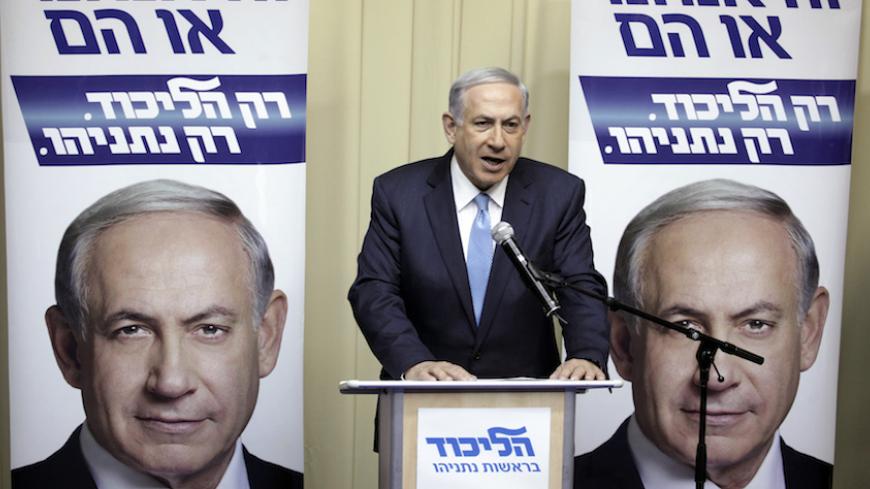How Netanyahu got cold feet over historic peace initiative
Zionist Camp leader Isaac Herzog believed that Prime Minister Benjamin Netanyahu would go through with a historic diplomatic initiative, only to discover later that Netanyahu was never serious about it.

Anyone trying to decipher the true profile of Israeli Prime Minister Benjamin Netanyahu should take an in-depth look at the news reports and informative details that were leaked in 2016 surrounding the endless negotiations held between Netanyahu and Zionist Camp leader Isaac Herzog about forming a unity government in Israel.
Herzog’s Zionist Camp was due to enter Netanyahu’s government as part of a dramatic move of renewing the diplomatic process with the Palestinians and establishing a regional peace initiative. The pragmatic Arab (Sunni bloc) states were supposed to join this process at a well-publicized summit. Initial details about these negotiations were published here in Al-Monitor numerous times.







